Historically, making games for consoles hasn’t been easy. Since the launch of the NES, all console games have had to be approved by the console’s manufacturer. This is bad news for small time developers looking to make games, as the approval process is often time consuming and expensive.
Microsoft aimed to bring indie games to their console by creating the Xbox Live Indie Game (XBLIG) service. With XBLIG, developers could approve each other’s games, making it fast, cheap, and easy for indie developers to release their games.
Why Microsoft Created XNA
Microsoft also wanted to make it easier for developers to make games for their systems. To do this, they created XNA, a set of tools intended to streamline game development and to make it easier for indie studios to create games. Many of the most popular games on the system have been created using XNA. Despite its popularity, Microsoft recently announced that they would no longer be working on the toolset. I asked them what the situation was, and what discontinuing XNA would mean for indie developers. Here’s what a spokesperson had to say:
“XNA Game Studio remains a supported toolset for developing games for Xbox 360, Windows and Windows Phone. Many developers have found financial success creating Xbox LIVE Indie Games using XNA. However, there are no plans for future versions of the XNA product. Game developers have a wide set of options on Microsoft platforms, ranging from XNA and managed code to DirectX and native code. Microsoft provides developers the options they need to be successful.”
To find out what developers thought about the decision to stop work on the platform. I spoke to David Johnston, of Smudged Cat games, makers of Timeslip, Gateways, and The Adventures of Shuggy. Here’s what he has to say about developing games for Xbox using XNA:
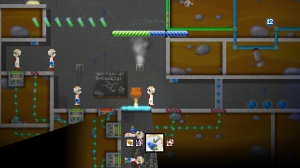
David Johnston – Smudged Cat Games
“It’s been exciting to develop games for the Xbox. I started with Shuggy which was actually an XBLA game in the end. I tend to play games on consoles more than on PC so it felt like the right place to be releasing games for me. It’s great to think of people chilling out on their sofas and playing a game that I made.”
”XNA has been fantastic. I’ve developed games on and off for most of my life and struggled with various different programming languages and APIs but using C# with XNA has been by far the easiest to get to grips with. It removes so many of the mundane tasks related to game. It’s great that it’s inspired so many people to actually bring those game ideas they’ve had in their head into reality.”
”There’s bound to be a decline in the number of indie games that are released now as people looking at XNA will be reading “XNA is dead” everywhere. However, it’s not quite as straightforward as that. The MonoGame project has been around for a while now offering a cross-platform solution to XNA. It seems that MonoGame is now going to take over, it’s being actively worked on and will soon be a complete solution for making XNA games even on future versions of Windows. ”
”I’m curious to see what Microsoft announce about support for indie games on the next Xbox. Given how things have gone with the current Xbox it’s debatable if there will be any support at all. I really hope there will be something but I’ll certainly be approaching it with caution this time round given the way the current channel was promoted and lack of profits from it. I’ve certainly had better figures from Steam and am currently more interested in the Ouya and Steam box at the moment.”
I also spoke to Shahed Chowdhuri of OnekSoft games, creator of 2D Math Panic as well as Angry Zombie Ninja Cats. Shahed has also developed tools to help indie developers make games with XNA. Here’s what he has to say about XNA and indie games on Xbox:
Shahed Chowdhuri - OnekSoft Games
“Developing games for Xbox is a childhood dream come true. Completing a game project and putting it out on the world’s (arguably) best game console is a great experience.”
”When I first learned about game development, I worked with C++ and DirectX, and tried out some basic samples on Windows. But XNA changed everything. I was suddenly able to write a video game for Windows and Xbox 360 at the same time, using C#. My day job requires me to work primarily with C#, so this was definitely a plus for me.”
”XNA has made it easy for me (and countless others) to create Indie games that would not have been possible without it.”
”Technologies come and go, and XNA is no different. Although Microsoft won’t release updated versions of the XNA framework, that won’t stop us from using Visual Studio 2010, C# and XNA to create games that run on Windows Vista, Windows7, and even Windows8 (non-RT version). For the rest of the year, we can also continue to publish to Xbox Live Indie Games on the Xbox 360.”
”As a whole, XBLIG developers will have to migrate to other areas. Some of them may gravitate towards development strategies that allow them to use the same language they are used to. And some of them will learn other languages (e.g. Java and Objective-C) so that they can develop native games and apps for Android and iOS, respectively.”
”Another portion of XBLIG developers may go the multi-platform route (e.g. Unity) to create high-quality games on both iOS and Android, with proven tools and technologies.”
”I think that the future of Indie Games on Microsoft’s next platform will ride on their ability to show off what the Indie world has to offer. This is a tricky situation, because they have made it clear that they want to separate out the $1 XBLIG games from the $60 AAA titles, with distinct marketplaces. Heck, there’s even a middle ground with Xbox Live Arcade, where some Indie games (e.g. Fez and Super Meat Boy ) have found success.”
”Apple and Google have shown the world that you can place professional games and homebrew indies in the same marketplace, and let the customers decide what they want to buy. Microsoft has started to move towards this trend with their Windows Store for Windows8, so there may be a chance that Indie developers will get better exposure on the next Xbox console.”
”Many developers will definitely switch to other platforms (as they have been), but they can also be wooed back to Microsoft’s corner if their needs can be appeased.”
The Future of Indie Games on Xbox
Developers are clearly uncertain about their future with XNA, and with Microsoft systems in general. When Microsoft created XBLIG and XNA, they hoped to attract indie game developers to their system. Looking at the statistics, it seems like they were succesful – there are 2,837 games in the XBLIG marketplace. The best selling title, Castle Miner Z, has sold over a million copies.
But for every game that succeeded on XBLIG, there are a handful that didn’t. Many developers have not seen the profitability they had hoped for, and in financial terms other platforms are far more attractive. Take developers Zeboyd Games, whose RPGs Cthulhu Saves The World and Breath Of Death VII sold more in a week on Steam than they did in a year on XBLIG.
Microsoft hasn’t abandoned indie game developers completely. There are still a range of tools which developers can use. But by discontinuing XNA, Microsoft will surely push some indie developers away from Microsoft systems altogether. It is strange that after so much time fostering a positive and productive indie community, Microsoft seems to have turned its back on the developers it once supported. If XNA is to have a successor, it will have a big act to follow.
© 2013, The Indie Mine. All rights reserved.

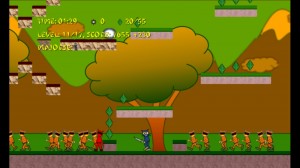

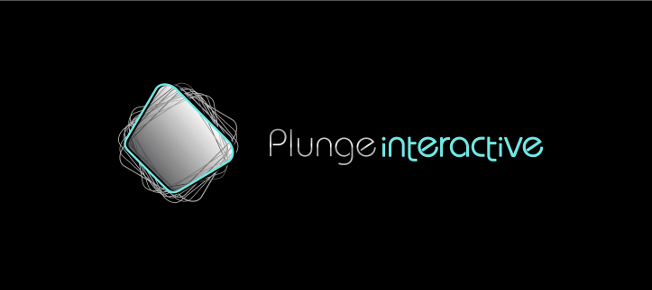
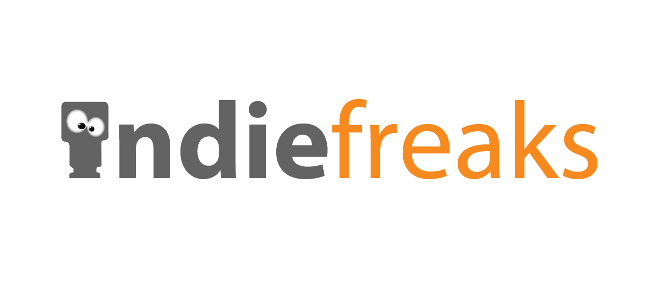
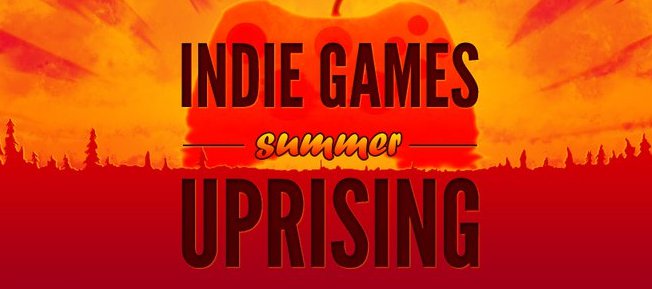
Trackbacks/Pingbacks
[...] http://theindiemine.com/xna/ [...]